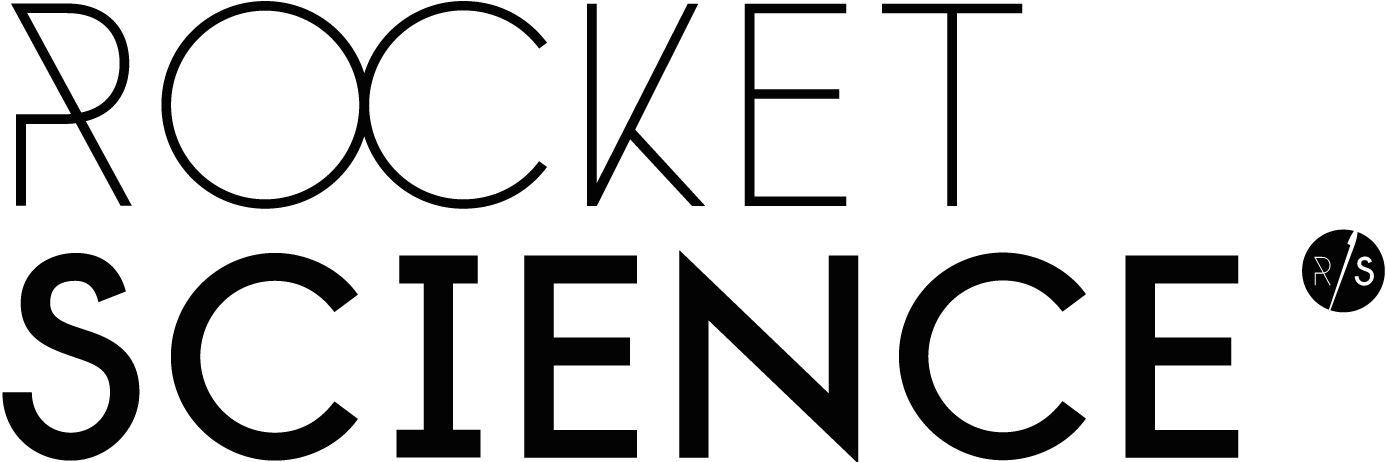Through our conversations with specialists, we've uncovered a surprising secret weapon shared by many: an almost instinctive understanding of the power of sound.
Using Sound to Ensure Quality
"In welding, for example, we rely heavily on sound. You can immediately hear if the settings are correct, like the steady crackling of the short arc or the hissing sound in the spray arc range with higher current." - professional welder
Sound for Multitasking
"If you know your machine well, you don't always have to stand right in front of it. You can work on another machine at the same time, as long as everything sounds right." - poly mechanic, industrial plant
Sound to Detect Differences
"Even when I enter the plant, I listen. If there are any differences in the sounds, I know I need to take a closer look." - firing expert, waste-to-energy plant
Sound to stay safe
"As a nurse, you're trained to focus on monitors. For medical devices, they've incorporated the 'tritone', a sound that the human ear doesn't get used to." - nurse, university hospital
